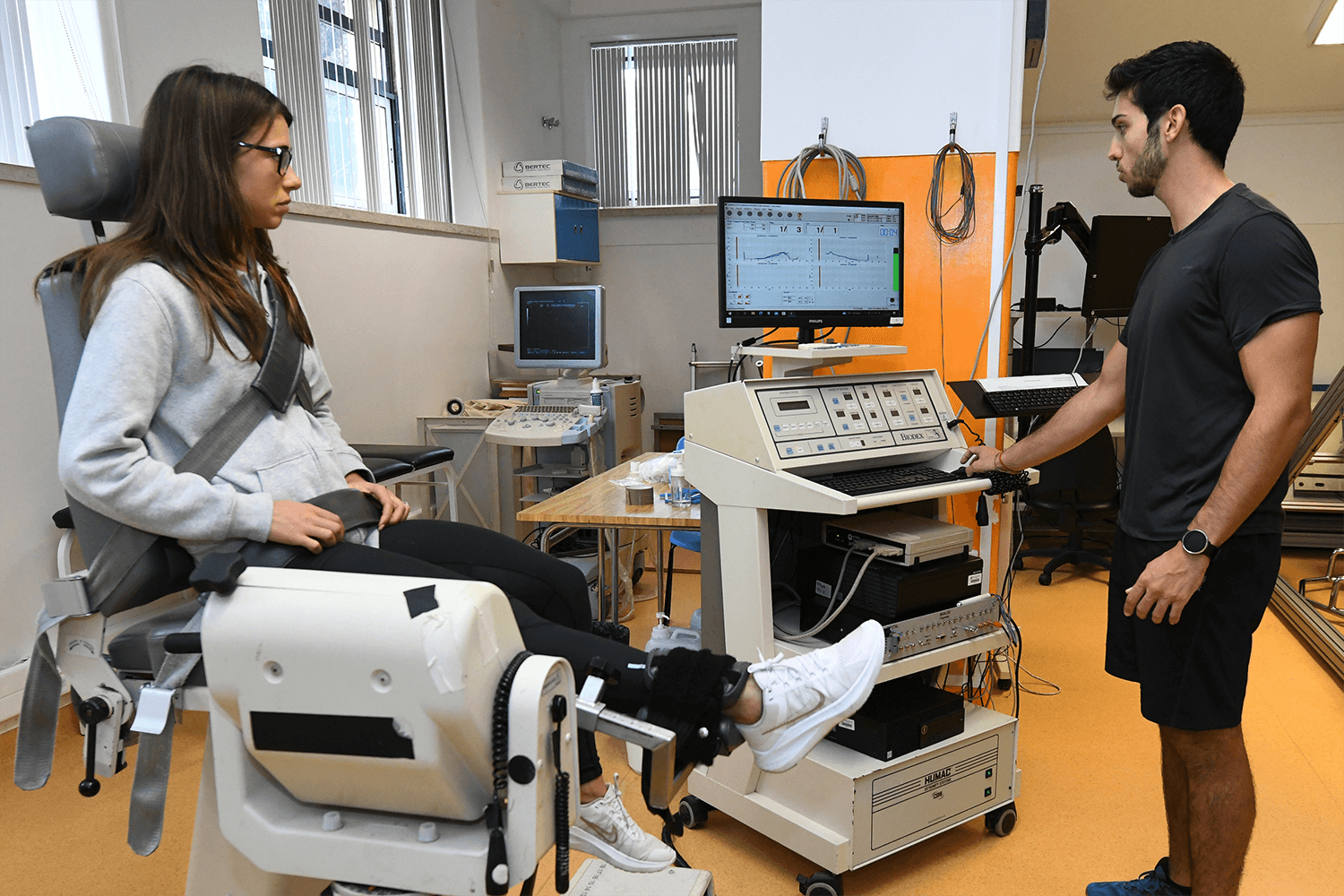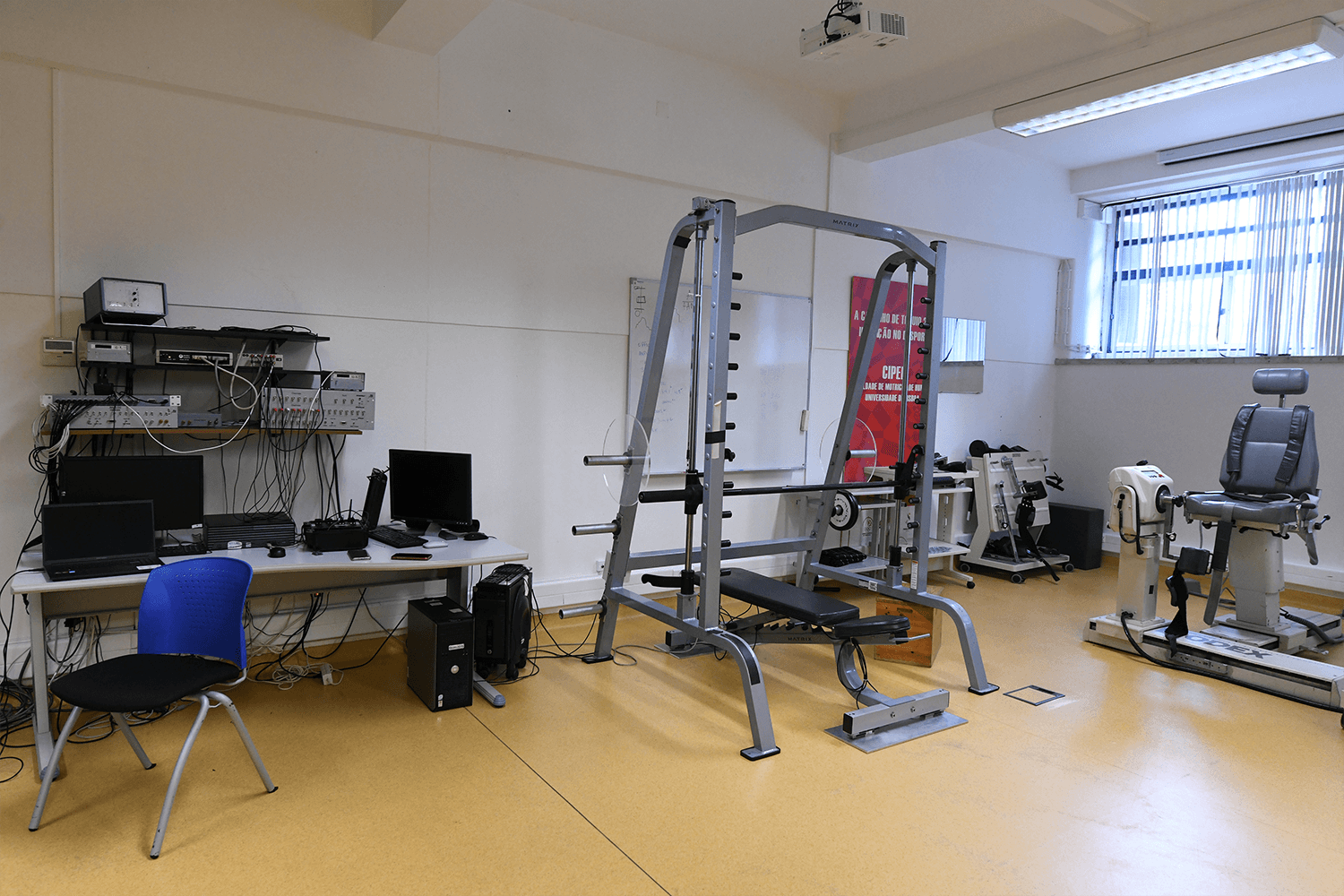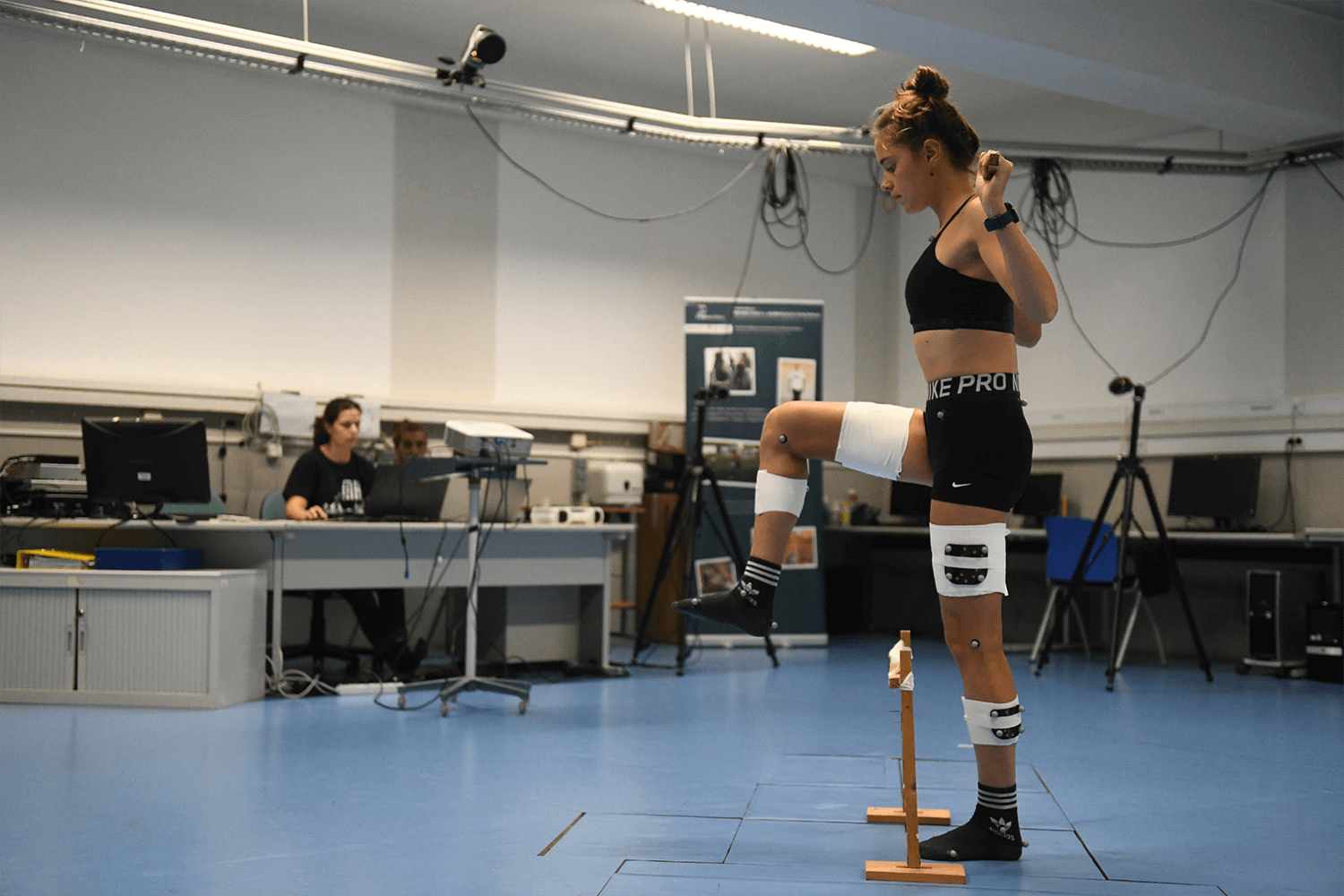The research program is structured around four interconnected pillars, resulting in four research lines. The first focuses on developing movement analysis methodologies and assessing the mechanical properties of biological tissues in vivo.This pillar integrates biomechanical variables into computational models to estimate internal loads in the musculoskeletal system and simulate biomechanical processes. The second pillar employs these developed models and methods to investigate biomechanical factors influencing sports performance, injury mechanisms, and prevention strategies. To evaluate and optimize functionality in specific populations, indirect evaluation methods and field mechanical load monitoring systems are utilized to design intervention programs aiming at optimizing motor function and improving quality of life. The fourth pillar, integrated with members from the University of Coimbra, studies developmental changes in youth athletes using longitudinal models and multilevel modeling techniques.
Research Lines:
- In Vivo and In Silico methodologies for studying the neuromusculoskeletal system: Aims at developing computational models to estimates internal loads and analyzes musculoskeletal systems.
- Biomechanical factors in sports performance and injury prevention: This line develops methods and models to study biomechanical factors affecting sports performance and injury mechanisms. Computational models estimate internal loads on injured tissues and identify influencing factors.
- Biomechanical prognostic factors for mobility alterations: This line designs exercise programs for mobility enhancement using field assessment methodologies and wearable sensors.
- Developmental studies of young athletes: Longitudinal analyses investigate growth, maturation, and training effects on athletic performance. Future research aims to predict knee muscle strength using multilevel modeling, considering factors such as age, maturity, body composition, and training.
Keywords: Musculoskeletal modeling; Applied biomechanics; Biomechanical prognostic factors; Studies in strength development







